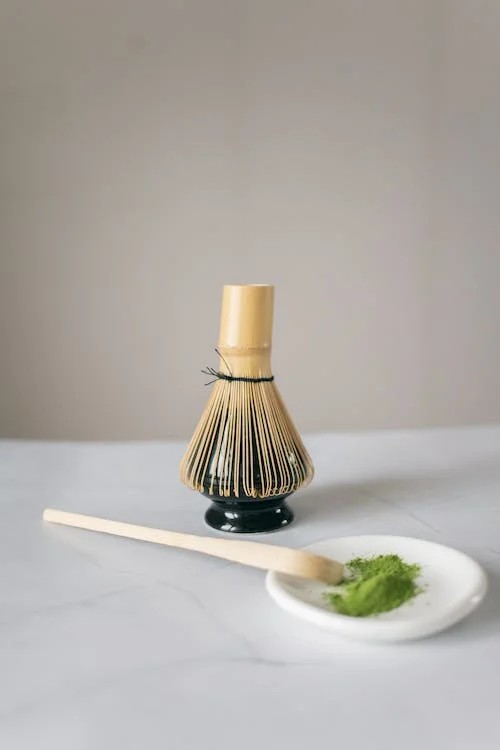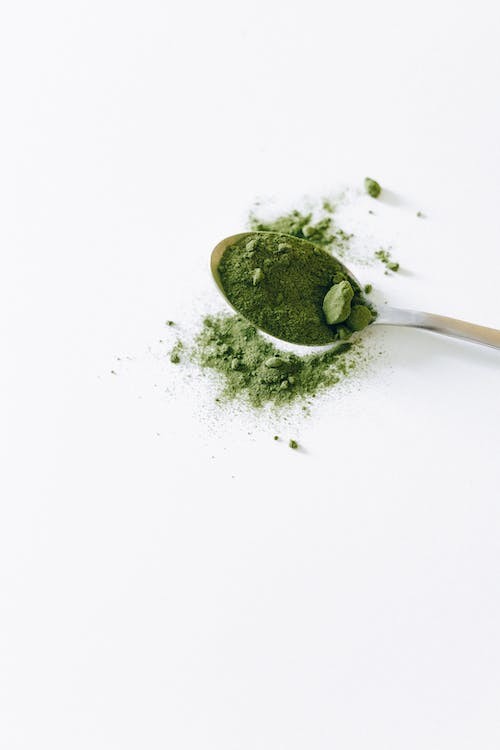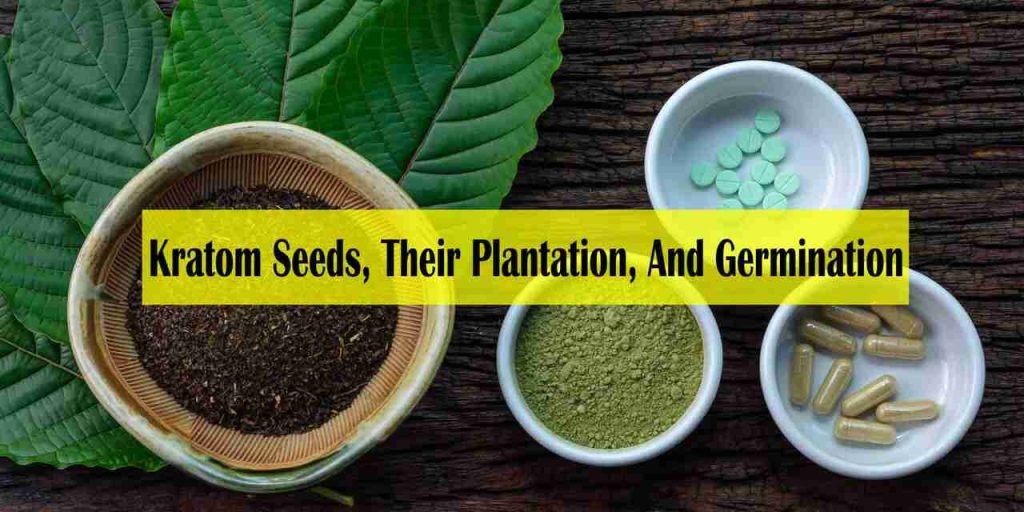The first stages in cultivating your Kratom seedlings are planting and germination. You will learn all you need to know about the cultivation and germination of seeds from this tutorial. You must provide your seedlings with the best circumstances for successful germination, which include ideal soil conditions, temperature, and sunshine exposure. You can try artisan extracts to get started with Kratom.

Know About The Kratom Seeds and Their Plantation
What Are The Seeds Of Kratom?
Kratom Seeds are tiny, resilient, and delicate from the Mitragyna Speciosa plant. The seed heads may carry up to fifty Seeds each, enclosed in a pod resembling a pine cone.
They may be quite lucrative and are generally simple to cultivate. To guarantee their success, they do need great care.
The finest and freshest Seeds that you can locate must be purchased initially. To increase your chances of finding one that sprouts, buy various plants.
The next step is to plant your Seeds as soon as you get them. This result may be achievable by putting 5–10 Seeds in each pot, then covering the Seedlings with a thin layer of dirt. Your seeds will have the highest chance of developing and sprouting if you do this.
Ensure your seedlings receive adequate light and water once they have sprouted. This step is crucial because seedlings need warm temperatures and constant moisture.
You also need to provide them with the appropriate quantity of food and fertilizer. This step is crucial as a seed since it will accelerate and strengthen its growth compared to how it would have otherwise done.
You must move your Kratom seedlings into their permanent locations once they are between one and two inches tall to get the attention they need and become used to the environment where they will flourish. This step in the process is crucial since it will increase their chances of surviving till harvest.
Plantation
While Kratom plants typically cultivate inside, they may also be planted outside, given the right conditions. They may struggle in colder locations but may flourish in tropical ones. It is thus better to cultivate them in a container and move them inside as the weather starts to cool for the winter.
Ensure you have the necessary tools and materials before producing your Kratom plant. A healthy soil, water supply, and light source are essential. Please watch out for fungi that might harm the plant’s health.
Create the ideal temperatures and humidity levels with the necessary supplies. They are required to give your Kratom plants an excellent chance of success.
For instance, the environment must be between 68 and 72 degrees Fahrenheit. The humidity must be high enough to support the plant’s growth but not so high that it dries out or becomes moldy.
You may buy Kratom cuttings, which do not need germination and are simpler to handle. They might be a terrific alternative if you need more gardening knowledge or a small yard.
Germination
Kratom seedlings must go through a lengthy germination phase. For this to grow well, they must adequately acclimatize. It also entails emulating the natural environmental settings where Kratom originates. For this reason, it is ideal for sowing seeds in regions with comparable climatic conditions.
The Seeds’ freshness is the primary determinant of germination. This is why buying dried-up or expired Seeds is not advisable.
This factor is due to dried Seeds’ meager germination rate and the likelihood of sprouting. You may do the following to ensure that you are purchasing a high-quality Seed:
Test your Seeds first by submerging them in water to check if they sink or float. You can tell your Seeds are healthy and will germinate if they float.
Finding healthy soil for the seeds to develop in is the next step. This soil must have a pH range of 5.5 to 6.5, be fertile, and be rich in humus. It must also drain nutrients while retaining moisture to provide nutrients for the developing Kratom tree.
Be prepared to wait a time after sowing your seeds. You must offer them the space and tools to live in their new surroundings.
Transplant the seedlings into separate pots after they are 1 to 2 inches tall so that they may get the proper amount of light and airflow. This step will aid in promoting alkaloid production and development. To increase the nutritional levels and hasten the outcome of your Kratom seedlings, you also need to apply liquid fertilizer. This step will be beneficial when developing a Green Maeng Da strain of Kratom, renowned for its powerful alkaloid content.

Gathering Kratom Seeds
One of the most significant and exciting phases of producing your Kratom plant is gathering the Kratom seeds. While collecting these seeds, there are a few things you need to remember.
To offer yourself the most excellent chance of successfully planting the seeds, you must also acquire a sufficient quantity. Make sure your seeds are fresh before anything else. They will grow more quickly and have more success overall as a result of this.
The optimal circumstances for the development of the plant are warm and humid. Therefore you should put your Kratom seed there. Moreover, you should ensure the soil is nutrient- and humus-rich since your plant will need them.
Final Thoughts
Kratom seeds may thrive in Southeast Asia or in greenhouses in non-tropical regions. Farmers have improved the method of gathering plants in these areas. They are knowledgeable about the subtleties of planting and germination, and they are aware of the significant environmental variables. Kratom plants can produce high-quality, alkaloid-rich leaves thanks to these circumstances. After processing, these leaves reach other nations. People often search for queries like “can kratom help headaches” to use the substance as an alternative to medicines. However, before proceeding, they should know that it doesn’t guarantee the cure of illnesses as science is still experimenting on these subjects.

